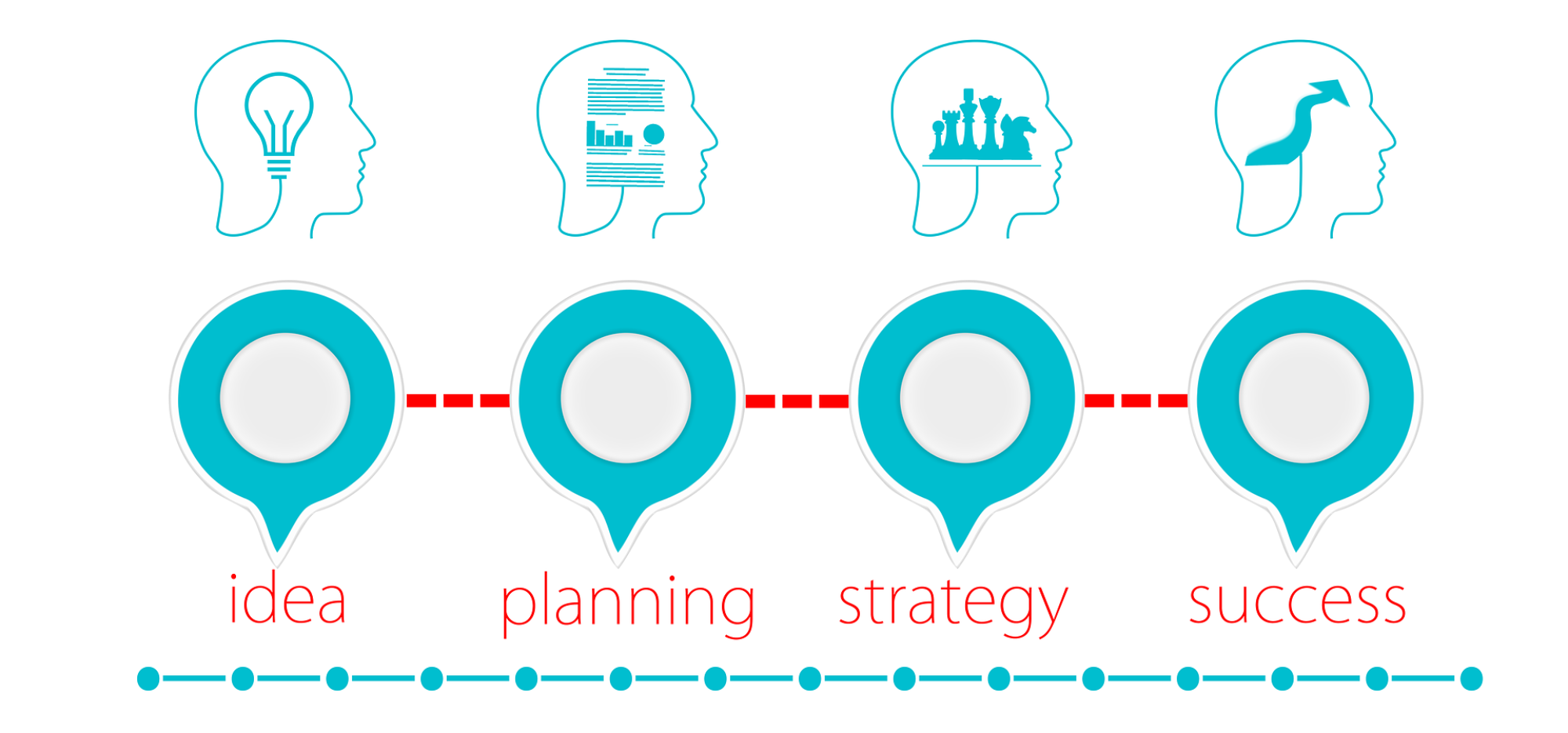Enterprises can get financed by businesses and other entities issuing equity or using debt, such as borrowing money through loans or issuing notes. In contrast to equity, debt has an interest rate and a timeline for when interest must get paid and the entire principal must get repaid.
Because debt is, arguably, a less expensive form of financing (i.e., the rate of growth of the business’s equity value is greater than the debt’s borrowing cost), many rapidly expanding companies would use debt rather than equity to support their growth. However, the enterprise must continue to generate enough operating cash flow to “service” the debt’s interest and principal payment obligations, or there could be effects on the company, as noted below.
● The owners’ equity position in the company is not diluted by a loan because it does not give them a stake in the company.
● If the company is expanding rapidly, borrowing money through debt may be less expensive than other sources of growth capital.
● As the debt principal gets repaid, borrowing money from the company can be used to increase equity value for shareholders.
● Debt financing is even more cost-effective because interest is a business expense that can be deducted from taxes.
● Debt may not need shareholder approval and may be easier to arrange than equity financing.
● There is a wide range of lenders with expertise in different markets, business stages, and asset classes.
● When the debt gets paid off, it gets erased. Unless repurchased by the Company, which typically requires shareholder approval, equity remains outstanding.
Many business activities, such as working capital (such as the purchase of inventory), capital expenditures (such as the financing of equipment purchases), and company acquisitions, to name a few, can be funded by debt. In general, the term or maturity of the debt should coincide with the lifespan of the assets getting financed. For instance, short-term debt financing with a maturity of less than a year is typically used to finance inventory, accounts receivable, and other short-term assets. Since these assets have longer lives for the business, equipment loans are three years or longer, and mortgage loans financing real estate are typically 15 years or longer.
Debt poses a potential threat to the viability from the borrower’s point of view, despite having a fixed cost in the form of an interest rate. Lenders have the right to foreclose if interest and principal are not paid as agreed, which may force the company to stop operations and sell off its assets.
When a company sells its assets, debt has a higher priority in liquidation than equity, reducing the proceeds available to equity investors. That applies to both forced and voluntary asset sales.
Since interest and principal payments are anticipated and scheduled after the loan or note investment gets made, debt investments are also referred to as fixed-income investments from the perspective. Contrarily, equity investments yield varying rates of return depending on the Issuer’s long-term profitability.
